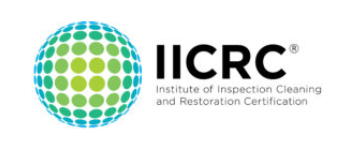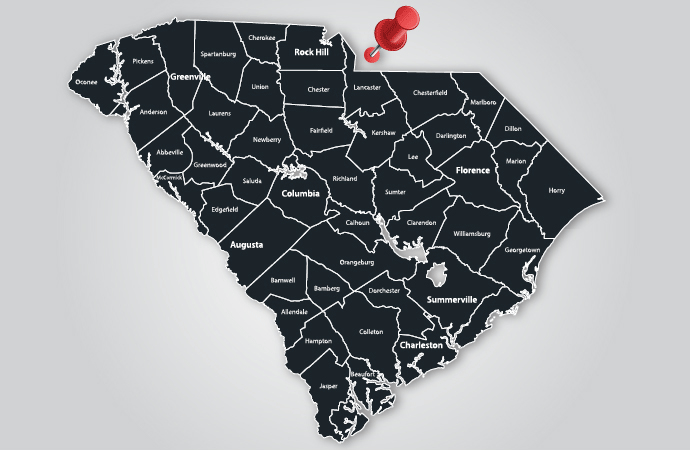4 “Facts” About Mold And Their Reality
Internet has published a lot of the mold topic. But a lot of it is misinformation or sometimes they exaggerate it. Because of this, just the thought of mold makes many people uneasy. The truth is, mold growth in your South Carolina home or business can be a serious problem. But, by using a little common sense along with access to correct information, you’ll be able to distinguish fact from fiction and come to wise conclusions in your dealings with mold. Here are four “facts” that are not exactly true:

“Fact” 1: All Mold is Unhealthy
Not true! Certain cheeses need bacteria and mold for their distinctive flavors and textures. Though, we use moldy grapes to produce fine wines. If you have a garden, mold helps your plants grow. By speeding up the decomposition of organic materials like leaves and branches that keep the soil healthy and full of beneficial nutrients.
But even among problematic molds, their effect on people differs greatly. Molds can create allergens, and while some are sensitive to them, not everyone will have a reaction. According to the CDC, if a person is very sensitive to mold, they might display symptoms such as labored breathing, a bloody nose, and itchy, watery eyes. Those with compromised immune symptoms may also be in danger. And some studies have concluded that serious health effects could arise from repeated exposure to mold.
“Fact” 2: There Should Not Be Mold in Your Home
That would be nearly impossible. Mold surrounds us and is part of the natural world. There are mold spores floating in the air you’re breathing in as you read this and there’s no way around it unless you want to live in a bubble. Problems only surface when there is an elevated concentration of mold indoors. Which excessive moisture or water damage typically cause it. Mold should not be visibly growing inside your South Carolina home or business!
“Fact” 3: Bleach Kills Mold
Bleach can destroy mold. BUT it is contingent on the surface the mold is growing on. Mold sprouts on both porous and non-porous materials. When attempting to get rid of mold on non-porous materials like shower tiles, tubs, vinyl window trim, counter tops, etc. you can apply bleach to kill the mold and disinfect. But using bleach on porous materials such as drywall and wood can accelerate mold growth instead of killing it!
When bleach is poured on porous materials, the chlorine part of it stays on the surface and only the water component soaks into the material. This can worsen the situation as you have now provided more moisture for the mold to grow on, thus producing more allergens and irritants.
“Fact” 4: Anyone Can Clean Up Mold
While you should be able to clean up mold in small quantities. Most people in the South Carolina aren’t equipped to handle mold remediation. To correctly “cleanup” a mold problem, you must first find the cause, create a barrier to stop the mold from spreading, and clean or remove the impacted surfaces. Unless you’ve been trained in mold remediation, have the knowledge and equipment to setup a containment unit, own commercial HEPA air filtration units, personal protective gear, professional grade HEPA vacuums, and specialized cleaning agents. You need to call the professionals at Kingsley Water Damage & Fire Cleanup.





